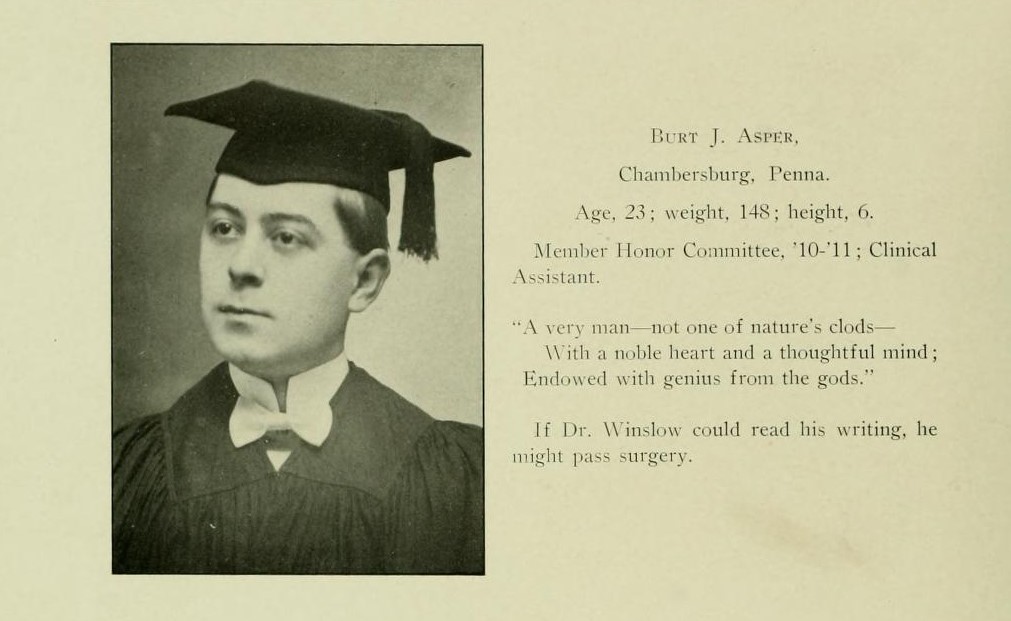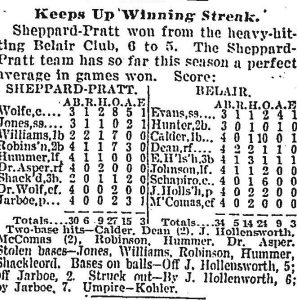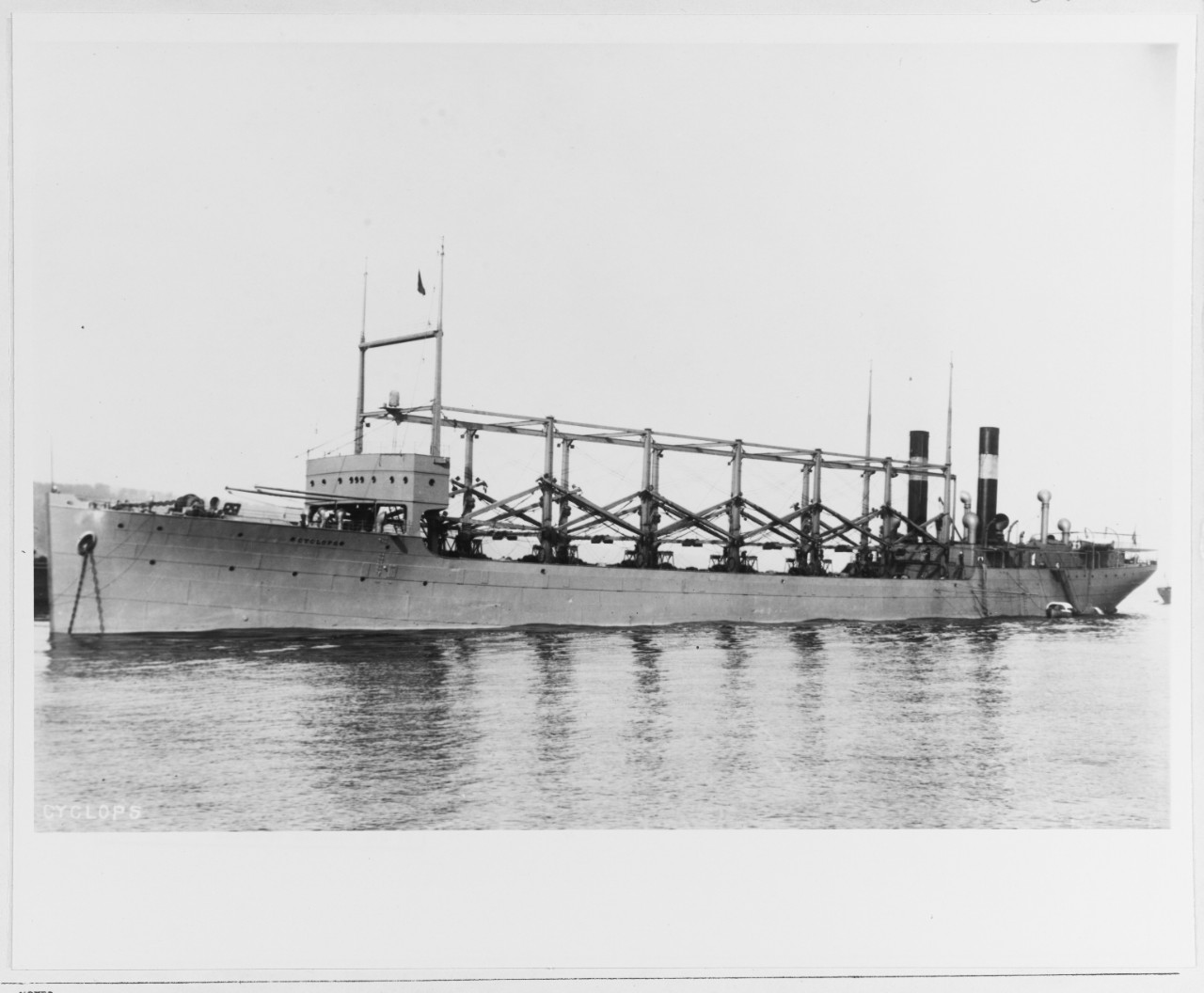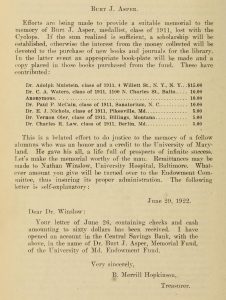The Health Sciences and Human Services Library Historical Collections’ strives to provide broad access to our diverse collections both in person and digitally. Materials in our collections appear as they originally were published or created and may contain offensive or inappropriate language or images and may be offensive to users. The University of Maryland, Baltimore does not endorse the views expressed in these materials. Materials should be viewed in the context in which they were created.

Photograph and superlatives for Dr. Burt J. Asper, University of Maryland, School of Medicine, Class of 1911. Image from the 1911 Terra Mariae Yearbook.
Burt Jacob Asper was born to Mr. and Mrs. J.C. Asper of Chambersburg, Pennsylvania on August 30, 1888. He graduated from University of Maryland, School of Medicine in 1911, earning the Gold Medal, given to the student with the highest grade. His brother, Dr. Guy Asper, was also a graduate of the School of Medicine in 1903.

Scorecard for Sheppard-Pratt vs. Belair Club Baseball Game in June 1913. The Baseball games were partially used as entertainment for the patients at the Sheppard-Pratt Hospital.
Dr. Asper began his professional career as an assistant physician at the City Detention Hospital of Baltimore, where he remained for a year before accepting a position at Sheppard and Enoch Pratt Hospital. While at Sheppard-Pratt Hospital, Dr. Asper, earned some local fame as an outfielder for the hospital baseball team. On June 1, 1916, He was appointed as Assistant Physician and Pathologist at Springfield State Hospital in Sykesville, Maryland, where he also lectured on general medicine and contagious diseases at the Hospital’s Training School for Nurses. Dr. Asper married Miss Lee Christey of Baltimore, Maryland in October 1917.
Soon after the United States joined World War I in 1917, Dr. Asper enlisted into the United States Navy. He served as First Lieutenant and Assistant Surgeon on the USS Cyclops, which was commissioned May 1, 1917 as a collier (a ship that carries coal to fuel other ships). At the time, the Cyclops was one of the largest fuel ships in the world and spent most of the war along the Eastern Coast of the United States.
On February 16, 1918, the ship left the East Coast for Brazil to help fuel British ships. After completing this mission, the Cyclops began sailing with a load of manganese from Rio de Janeiro. The ship stopped at Salvador before leaving for its final port of Baltimore on February 20, 1918. Due to a cracked cylinder in the engine, an unexpected stop was made in Barbados, where the already overloaded ship took on more coal and water. Nothing could be done to fix the damaged engine in Barbados, so the Cyclops set sail for Baltimore on March 4, 1918. Sometime after leaving Barbados, the Cyclops sank in the Bermuda Triangle leaving no trace of the ship or the 309 passengers on board.

The USS Cyclops in October 1911. Image from Naval History and Heritage Command National Museum of the U.S. Navy.
To this day, the ship’s final resting spot has not been found and the cause of the Cyclops disappearance remains a mystery. Throughout history there have been several theories (some realistic others fanciful) about the sinking of the ship. These theories include: 1) an enemy boat (presumably a German U-Boat) sank the ship; 2) a storm capsized the vulnerable boat, which was overloaded with Manganese, water, and coal and weakened by a damaged engine; 3) a bomb was planted on board the boat during the unexpected stop in Barbados; 4) a mutiny occurred on board due to unrest with the ship’s tempestuous commander, George Worley; or 5) Worley, who was born in Germany, was a traitor and colluded with the Germans, to steal the ship for his homeland.

The Burt J. Asper Memorial Fund was created by the Alumni Association of the School of Medicine in October 1922. Ads appeared for several years in the Bulletin of the University of Maryland School of Medicine asking alumni to donate to the fund.
The U.S. Navy looked for the Cyclops for 100 days after it failed to reach Baltimore on March 13, 1918. It was officially deemed lost on June 1, 1918 by Assistant Secretary of Navy Franklin D. Roosevelt. At that time, all 309 passengers, including Dr. Burt J. Asper, were pronounced dead. Dr. Asper became the first man from Chambersburg, Pennsylvania to die during World War I; he was only 28 years old.
Dr. Asper’s legacy continues to live on in the HS/HSL. In October 1922, a memorial fund was set up by his classmates and colleagues to support the library. The fund was created to purchase books and periodicals to help the library grow its collection. Today the fund is used to support the Historical Collections and continues to honor an American and UMB hero.
The HS/HSL today and always thanks our UMB Veterans for their service.
Historical Collections References:
- Asper, Burt J. Photograph from the 1911 Terra Mariae Yearbook. Retrieved from: https://archive.hshsl.umaryland.edu/handle/10713/2466.
- “Asper Memorial Fund.” (Jan. 1924). Bulletin of the University of Maryland School of Medicine. 8(3):129. Retrieved from: https://archive.hshsl.umaryland.edu/handle/10713/614.
- “Burt Asper.” (Oct. 1920). Bulletin of the University of Maryland School of Medicine. 5(3):140-141. Retrieved from: https://archive.hshsl.umaryland.edu/handle/10713/612.
- “The Mystery of Burt Asper.” (Sept. 2002). HS/HSL Unplugged. 6(1):3. Retrieved from: https://archive.hshsl.umaryland.edu/handle/10713/436.
Newspaper References:
- Associated Press. (15 Apr. 1918). “Big U.S. Naval Collier Cyclops is Lost at Sea: No Trace Found of 293 Souls on Board Vessel Long Overdue.” Harrisburg Telegraph. Harrisburg, PA: 3. Retrieved from: https://newscomwc.newspapers.com/image/171939585 Downloaded.
- “Keeps up Winning Streak.” (20 Jun 1913). The Sun. Baltimore:8. Retrieved from ProQuest Historical Newspapers.
- “Men from Section on Lost U.S. Navy Collier.” (15 Apr. 1918). Carlisle Evening Herald. Carlisle, PA:1. Retrieved from: https://newscomwc.newspapers.com/image/269925425.
- “Mystery Envelops the Disappearance of a U.S. Collier and 283 Men: A Chambersburg Boy, Lieutenant Asper, on the Missing Steamer – Various Reasons Assigned by Experts to Determine its Fate.” (18 Apr. 1918). People’s Register. Chambersburg, PA: 1, 5. Retrieved from: https://newscomwc.newspapers.com/image/551832197.
- “No Diplomas at Nurses’ School.” (02 Jul. 1919). The Sun. Baltimore:14. Retrieved from: ProQuest Historical Newspapers.
Web References:
- Brennan, Lawrence B. (13 Jun 2013). “The Unanswered Loss of USS Cyclops – March 1918.” Naval Historical Foundation Website. Retrieved from: https://www.navyhistory.org/2013/06/unanswered-loss-uss-cyclops-march-1918/.
- “USS Cyclops (1910-1918).” National Museum of the U.S. Navy. Retrieved from: https://www.history.navy.mil/content/history/museums/nmusn/explore/photography/ships-us/ships-usn-c/uss-cyclops.html

